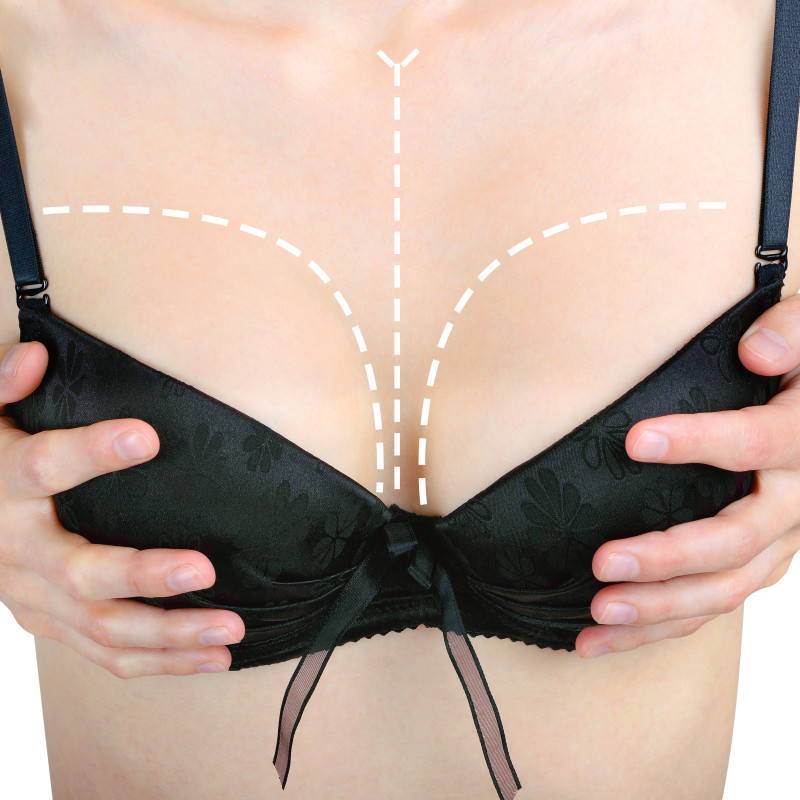 Ptosis is a situation classified by the unusual, abnormal sagging or drooping of a body part or organ. This is common in breasts, and there are several factors that can contribute to this condition. Some of these include:
Ptosis is a situation classified by the unusual, abnormal sagging or drooping of a body part or organ. This is common in breasts, and there are several factors that can contribute to this condition. Some of these include:
- Gravity pulling the breasts downward over a period of time
- Pregnancy and the impact breastfeeding has on the integrity of the breast
- Heredity
- Aging (the skin loses its elasticity and ability to support the breasts)
- Fluctuations in weight (if you lose weight, you will likely have excess skin causing the breasts to sag)

|
Breast Lift (Mastopexy)
Procedure Information
|
|
What Can Breast Lifts Do?
A breast lift can restore the height and firmness of the breasts. It can also be performed to move the areolae and nipples higher on the breasts – when breasts begin to droop, the nipple and areolae tend to point downward, and a breast lift can correct this. A breast lift can also help create cleavage that has likely dissolved as the breasts sagged and separated.
However, a breast lift will not change the size of your breasts significantly. If you are unhappy with the overall size and shape of your breast, an augmentation or enlargement can be performed in conjunction with a lift.
Types of Breast Lifts
There are three basic types of breast lifts. Each procedure requires the removal of some of the breast skin and the restoration and re-positioning of the nipple and areolae.
- The concentric breast lift is the least popular because it requires a circular incision around the nipple and can cause more obvious periareolar scarring. This type of breast lift corrects mild ptosis.
- The vertical breast lift is performed with an incision that runs from the nipple to the breast crease, and it corrects more moderate sagging.
- The anchor breast lift achieves the maximum amount of lift, but it also requires more incisions and can often lead to more visible scarring.

How to Prepare for Your Breast Lift
As with any cosmetic operation, the first and most important step is receiving a thorough medical evaluation and consultation. Each procedure will be customized to the individual patient’s need, and it’s important – both for the patient and our medical team – that all questions and concerns are addressed.
You will be asked to stop smoking and drinking alcohol for some period of time before your operation, and be sure to tell us about all medications you’re taking. You should also stop taking aspirin or other medications that can cause thinning of the blood.
It’s also a good idea to pre-arrange post-op transportation.
How to Promote Healing after Your Breast Lift
Most importantly, follow your recovery plan without fail. You may also be asked to do any number of the following:
- Sleep in an upright position
- Use cold compresses to reduce swelling
- Take pain management medications
- Wear a compression bra
- Refrain from lifting or bending for a period of time
- Return to your surgeon for follow-up visits
Risks involved with breast lifts are rare, and the most common side effect is some scarring. We are highly experienced with this particular procedure to minimize this and ensure the operation’s ultimate success.